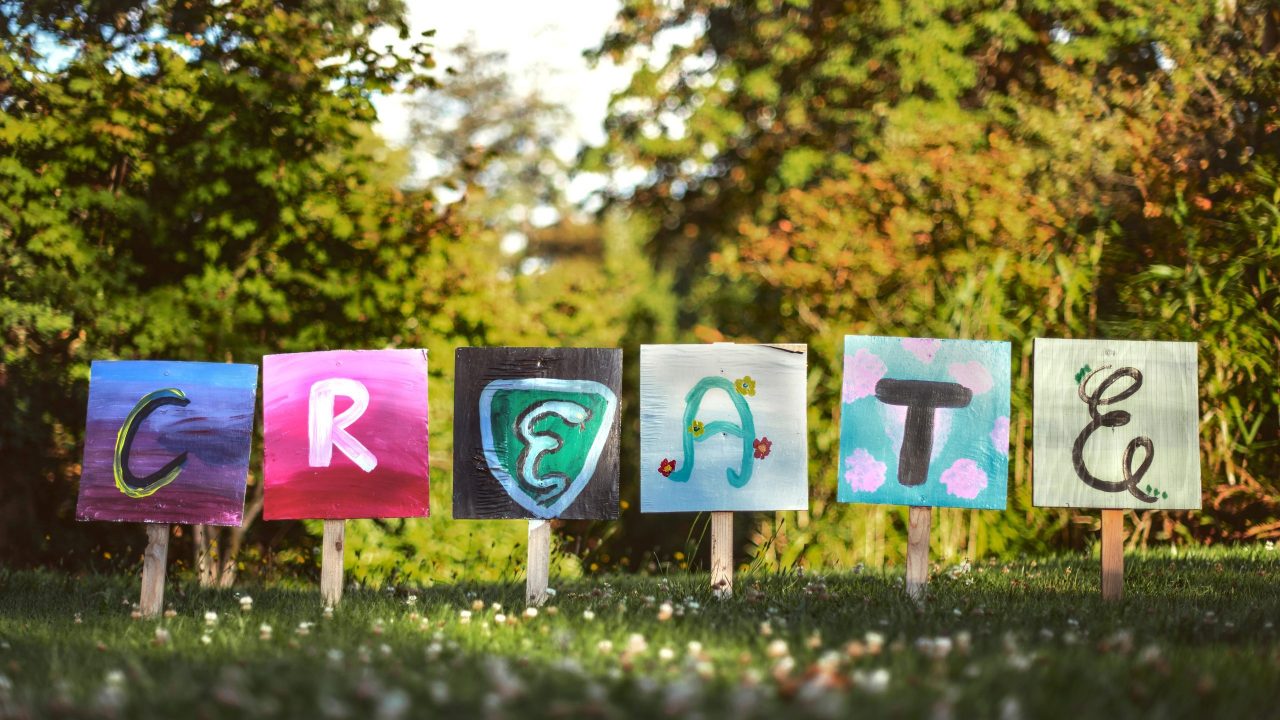
Museums often talk about reaching out to communities, or co-creating with community members, for an exhibition or project. But often in these cases, the formula is lopsided in favor the museum; even though they may be eliciting feedback, the institutions are still acting as the experts with the final say in crafting the product. This past year, the Science Museum of Minnesota has been working on a deeper, more inclusive model of community co-creation, so we asked them to share a bit about their journey. Importantly, evaluation was a key component from the beginning, with authority shared amongst the staff and the community members, allowing them to document and disseminate learnings from this experiment so that it can be replicated and built upon throughout the field. If you want to learn more after reading the blog, you can watch a recent CAREapy session (members only) where the team and their community partners talk about their experiences.
—Laureen Trainer, Essential Evaluators curator
At the Science Museum of Minnesota, community members from three surrounding metropolitan areas have been working with museum staff to create interactive experiences that support understanding, processing, and addressing systemic racism in their communities. This project, Advancing Museum-Community Conversations that Intersect STEM and Racial Justice, funded by the National Science Foundation (2041924), combines co-creation with research and evaluation to help our museum be a true community resource in difficult times. It responds to the COVID crisis of the past year, recent events in Minnesota (including, but not limited to, the killing of George Floyd), and the ongoing racial inequities present and maintained in our communities.
The idea began with staff discussions in June 2020, where we surfaced that we were interested in supporting local efforts to address historic and ongoing racial inequalities, but knew that we could not do it alone: we needed to partner with and center the voices of community members who were already engaged in this work. We wanted to work with community members to a degree well beyond the advisory groups that are present on many projects, as collaborators, partners, and content creators. This was designed to keep SMM rooted in, and more responsive to, the needs of communities—especially BIPOC communities—because our institution, like many others, has historically underinvested its resources in these communities.
Skip over related stories to continue reading articleThe community members involved in the project, who are paid for their efforts, are all local residents who identify as Black, Indigenous, or people of color (BIPOC) and have backgrounds in community change, activism, and justice. They range in age from college students to those well advanced in their careers. They are people who were already working hard to promote conversation, learning, and growth in their local communities before the project. Their motivation for involvement ranges from the opportunity to meet and work with new people with shared affinity to the chance to be part of a project where they can utilize project resources to make a positive impact in their community.
We initially identified and invited these participants based on existing, trusted relationships developed through previous work related to our RACE: Are We So Different? exhibit. After making initial invitations to several people in each region, we asked them to share people they knew who might also be interested in joining the project. This rippled relationship-building allowed us both to strengthen existing relationships and begin to build new ones. Practically speaking, we recruited fifteen individuals: five each from the Twin Cities metropolitan area, Rochester, MN, and the Fargo-Moorhead metropolitan area on the border of Minnesota and North Dakota—each of which has a specific history of racial injustice. Some of these people had already collaborated together, some with the museum, and some were building new relationships during the project.
The participants meet approximately three to four times a month in their smaller groups, with one to two SMM staff members present, and we will hold four whole-project meetings by the time the eleven-month project ends. The entire project has been coordinated virtually, using video meetings, emails, shared documents, and more to allow the work to happen without ever getting together in person. So far, the groups have created a youth leadership workshop called “H.O.M.I.E.S.,” a web-based “game” about STEM career pathways called “Not So Trivial Pursuit,” and a seven-episode podcast series called “Twin Cities Activism and…” (Links and documents from these products are being added to our web site as they become available.)
Two museum departments are involved in this work. The Access and Equity Department recruited community members, organizes and facilitates meetings, and supports activity development. The Evaluation and Research Department developed and is implementing a research project to document the project, inviting community members to participate as co-researchers at every step of the project using principles of transparency, identifying expertise of community members, and acknowledgement of past harm done by researchers.
In order to execute the project, museum staff provide funding, guidance, timelines, and parameters, while community members identify the key issues that they want to address and develop formats and activities to support discussion and learning. We have spent significant time getting to know each other and building relationships, generating ideas, identifying team members’ strengths for carrying out the project, and of course creating the activities or products. Community members describe the museum staff role as “guide,” “producer,” and “coach,” all of which suggest that the community members play the leading roles in this project.
For researchers and evaluators, we want to share our process of bringing community members on as co-researchers. This project has a strong research element, focused on understanding how the core community members and SMM staff are working together, how the activities developed through the project are received in local settings, and how this work could be sustained beyond the project. In conducting this research, we needed to be sensitive to the historic injustices done by researchers working with BIPOC communities. Our approach has been one of consistent transparency, regular invitations to participate, and recurring discussions about the roles everyone plays in the research.
We worked especially hard on our introduction to the research in an initial kick-off meeting for all participants, which was combined with our informed consent process. During this meeting, we talked explicitly about the embedded racism in historic research practices, and about how we wanted to be transparent and open through the process. We also worked to name and honor the expertise that community members brought to the research which the research team would not be able to provide themselves. While we were pleased that community members reacted positively to this session, we knew that the rest of the project needed to live up to what we had promised.
In subsequent meetings and emails, we shared an overview of the research process with a description of the work involved in each stage, so that community members could identify where they particularly wanted to be involved. This helped make the work more doable, since we didn’t have to ask everyone to give feedback, for instance, on a particular survey question, but only ask the people who said they were focused on survey development. (We still shared broad overviews of the research regularly with the whole group.) Some community members told us that they were excited about dissemination, which made it easy to find people who would be interested in appearing on an AAM webinar with us in May 2021.
Now, eleven months in, it does indeed seem that this approach of transparency and invitation has built trust. At the start of the project, we heard more concerns about the nature of the research, which required individual meetings to explain and unpack, but over time, community members began to wait for the research team to bring questions to them (rather than anticipate concerns), and engage when asked. One community member told us recently that this project helped her to reimagine what research can be. But our work is not done; co-research means reiterating the invitation, reidentifying the value people bring, and being open to feedback at every stage.
Our immediate goal is to finish this work in a way that leads to new projects and new practices: new collaborations with our partners, new collaborations between partners, and new practices at the museum. Our ongoing goal is to do our work in ways that decenter whiteness and allow for more voices to be not just heard, but highlighted, as we all use STEM and other disciplines and practices to work towards racial justice.
In the interest of learning from and sharing our work with others, the teams have agreed to share process documents as we go. Our website, www.smm.org/stem-racial-justice, includes working documents from the project and we are expanding it as we go. We’ll also share activities that partners develop, and findings as data rolls in.
We welcome questions, suggestions, and connections to other work. Reach out to Marjorie Bequette (mbequette@smm.org) or Robby Callahan Schreiber (rschreiber@smm.org) with any questions.




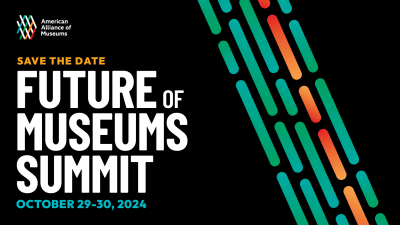
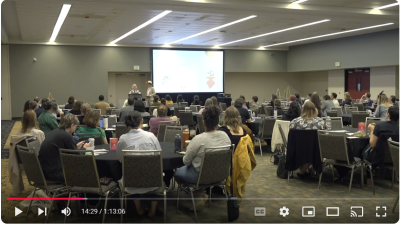
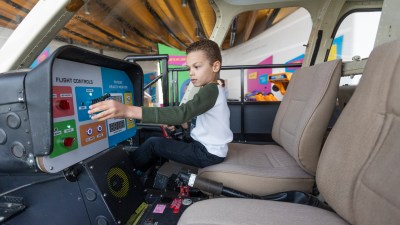
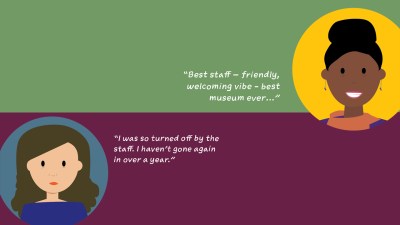
Comments